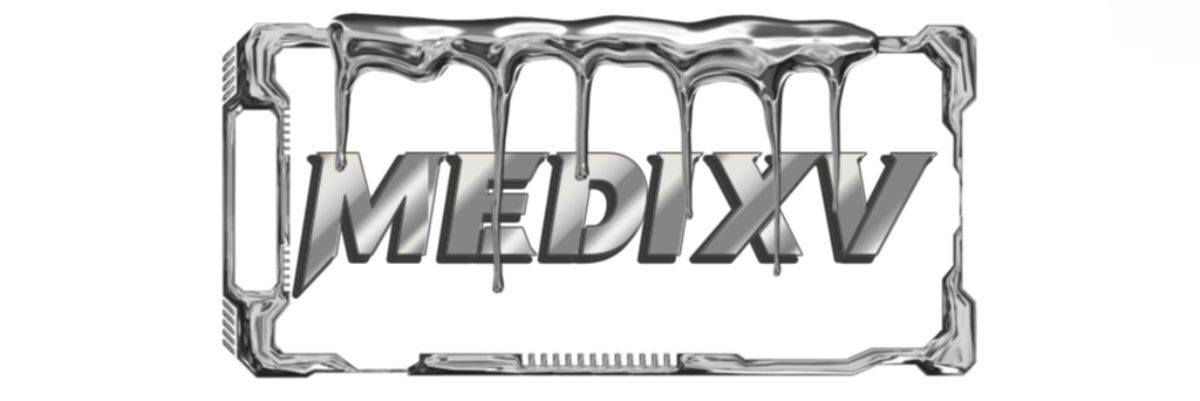How Have Urology Instruments Redefined Patient Care?
Urology instruments have significantly transformed the landscape of patient care, enhancing diagnostic accuracy and treatment efficacy. As these tools evolve, understanding their impact can help both healthcare professionals and patients navigate modern urological practices. This guide details how various urology instruments have redefined patient care, helping readers grasp their functionality and application.
For more information, please visit urology instruments evolution.
The Evolution of Urology Instruments
1. Understanding the Basics of Urology Tools
- Operation Method: Familiarize yourself with each instrument's functionality.
- Applicable Scenario: Medical professionals should be well-versed in the tools used in procedures like cystoscopy or lithotripsy.
Urology instruments have evolved from rudimentary tools to highly sophisticated devices, improving the overall diagnostic and treatment processes.
2. Improved Diagnostic Techniques
- Operation Method: Utilize advanced imaging instruments such as ultrasound and MRI.
- Applicable Scenario: Clinicians can confidently diagnose conditions like enlarged prostates or kidney stones earlier and more accurately.
The introduction of high-tech urology instruments enables precise imaging and more accurate diagnoses. This leads to personalized treatment plans tailored to individual patient needs.
3. Minimally Invasive Surgical Procedures
- Operation Method: Implement instruments like laparoscopes to perform minimally invasive techniques.
- Applicable Scenario: Surgeons can treat urological conditions through small incisions, reducing recovery time.
By incorporating minimally invasive urology instruments evolution in surgical practices, patient recovery times have drastically improved. Patients report less pain and faster return to daily activities after procedures.
4. Enhanced Patient Monitoring
- Operation Method: Equip healthcare facilities with real-time monitoring systems for vital signs and procedural data.
- Applicable Scenario: Hospitals can track patient conditions more effectively during and after urological procedures.
Modern urology tools facilitate ongoing monitoring, ensuring any complications are swiftly addressed, which is crucial for patient safety.
5. Personalized Treatment Plans
- Operation Method: Use advanced diagnostic data to customize treatment approaches for patients.
- Applicable Scenario: Clinicians can create tailored therapies based on the specific conditions diagnosed through advanced urology instruments.
The ability to provide personalized care stems from improved diagnostic accuracy and innovative urology tools, enhancing treatment effectiveness and patient satisfaction.
Conclusion
The evolution of urology instruments has dramatically redefined patient care, offering innovative solutions that enhance diagnostic accuracy, surgical efficacy, and patient comfort. By understanding the role of these instruments, both healthcare professionals and patients can engage more effectively in their healthcare journeys.
The Evolution of Urology Instruments
1. Understanding the Basics of Urology Tools
- Operation Method: Familiarize yourself with each instrument's functionality.
- Applicable Scenario: Medical professionals should be well-versed in the tools used in procedures like cystoscopy or lithotripsy.
Urology instruments have evolved from rudimentary tools to highly sophisticated devices, improving the overall diagnostic and treatment processes.
2. Improved Diagnostic Techniques
- Operation Method: Utilize advanced imaging instruments such as ultrasound and MRI.
- Applicable Scenario: Clinicians can confidently diagnose conditions like enlarged prostates or kidney stones earlier and more accurately.
The introduction of high-tech urology instruments enables precise imaging and more accurate diagnoses. This leads to personalized treatment plans tailored to individual patient needs.
3. Minimally Invasive Surgical Procedures
- Operation Method: Implement instruments like laparoscopes to perform minimally invasive techniques.
- Applicable Scenario: Surgeons can treat urological conditions through small incisions, reducing recovery time.
By incorporating minimally invasive urology instruments evolution in surgical practices, patient recovery times have drastically improved. Patients report less pain and faster return to daily activities after procedures.
4. Enhanced Patient Monitoring
- Operation Method: Equip healthcare facilities with real-time monitoring systems for vital signs and procedural data.
- Applicable Scenario: Hospitals can track patient conditions more effectively during and after urological procedures.
Modern urology tools facilitate ongoing monitoring, ensuring any complications are swiftly addressed, which is crucial for patient safety.
5. Personalized Treatment Plans
- Operation Method: Use advanced diagnostic data to customize treatment approaches for patients.
- Applicable Scenario: Clinicians can create tailored therapies based on the specific conditions diagnosed through advanced urology instruments.
The ability to provide personalized care stems from improved diagnostic accuracy and innovative urology tools, enhancing treatment effectiveness and patient satisfaction.
Conclusion
The evolution of urology instruments has dramatically redefined patient care, offering innovative solutions that enhance diagnostic accuracy, surgical efficacy, and patient comfort. By understanding the role of these instruments, both healthcare professionals and patients can engage more effectively in their healthcare journeys.
Are you interested in learning more about ultrasonic energy in surgery? Contact us today to secure an expert consultation!


Comments
0